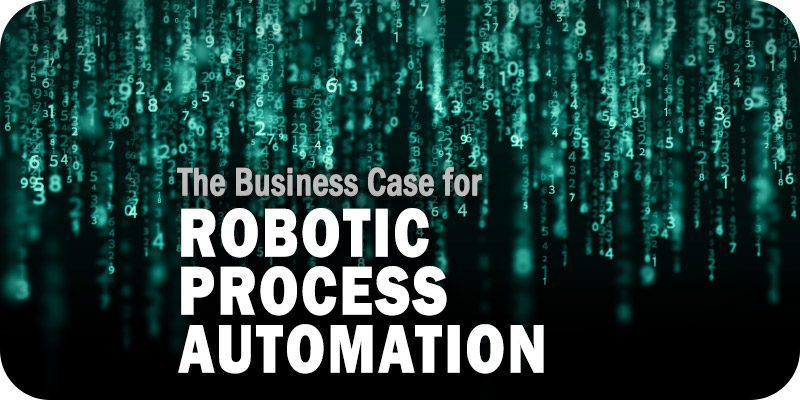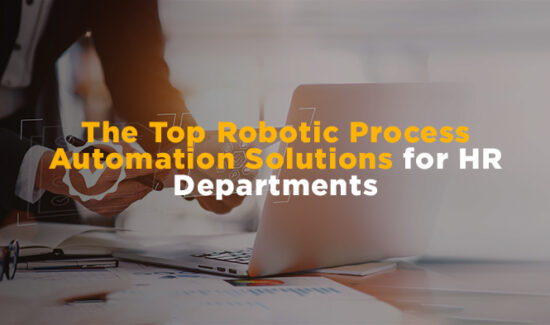The Business Case for Robotic Process Automation (RPA)


The editors at Solutions Review have compiled this brief resource to help enterprise technology leaders create a business case for Robotic Process Automation (RPA) technologies.
As the Robotic Process Automation (RPA) and general automation technology marketplaces continue to grow and evolve, evaluating and selecting a solution for your company has grown. With so many different solutions for different industries, company sizes, and use cases, it can be challenging to narrow a search focused on the robotic process automation companies with the specific qualifications a company needs.
However, selecting an RPA solution is only part of the process. Before you can start implementing, you might have to provide your company’s decision-makers with a business case. For example, a business case for robotic process automation should outline the rationale and expected benefits of implementing a particular platform into the company. The primary purpose of a business case is to demonstrate how the proposed solution aligns with the company’s goals and objectives and how it can help the business achieve its desired outcomes. With that in mind, we’ve compiled a few of the talking points you should prioritize when creating a business case for robotic process automation.
The Business Case for Robotic Process Automation (RPA)
Improved Efficiency and Productivity
One of the primary benefits of RPA is improved efficiency and productivity. RPA software robots can automate repetitive, rule-based tasks that are time-consuming for humans to complete with greater speed and accuracy than even the most focused employee could. This increased speed can enable organizations to process more work in less time, reducing bottlenecks and improving overall efficiency. Since robots don’t get tired, they can also improve accuracy and reduce the likelihood of errors when processing large quantities of data.
Cost Reduction
By automating repetitive tasks, companies can reduce the need for human involvement in tedious, time-consuming tasks, leading to significant cost savings. This can free up resources that can be invested in other areas of the business, such as research and development or marketing. In addition, RPA can also help companies avoid the costs associated with hiring and training new employees. With the ability to automate tasks, businesses can reduce the need for additional staff and instead invest in technology to help them achieve their goals more efficiently.
Improved Customer Experience
RPA can also improve the customer experience by reducing the time required to complete specific tasks. For example, RPA can automate the processing of customer inquiries, leading to faster response times and improved customer satisfaction. This can help organizations retain customers, as customers are likelier to remain loyal to a business that provides excellent, timely service.
Scalability
RPA solutions can quickly scale up or down based on the needs of the business. Since RPA is based on software robots, it can be quickly reconfigured and updated as business needs, industry trends, or demand changes. Additionally, since RPA is based on software robots, it can be quickly reconfigured and updated as business needs change. This allows companies to stay agile and respond quickly to changing market conditions. It is a compelling solution for businesses looking to improve efficiency, reduce costs, and remain competitive in a rapidly changing marketplace.
Data Management
Data management is essential to any business, and RPA can help streamline this process. RPA can automate data entry, validation, and reconciliation, significantly reducing the time required for manual data processing. This can improve data accuracy, reduce the risk of errors, and allow organizations to make informed decisions based on reliable data.
Compliance and Security
RPA can also help organizations achieve compliance and maintain security standards. For example, RPA can help ensure data security by automating data encryption, access control, and other security measures. This can help prevent unauthorized access to sensitive data and protect against breaches. It can also improve a company’s compliance with regulations and standards by automating processes and ensuring data is processed accurately and consistently. RPA can also provide audit trails and other documentation to demonstrate compliance with regulatory requirements.
NOW READ: The Best Robotic Process Automation Certifications to Take Online























